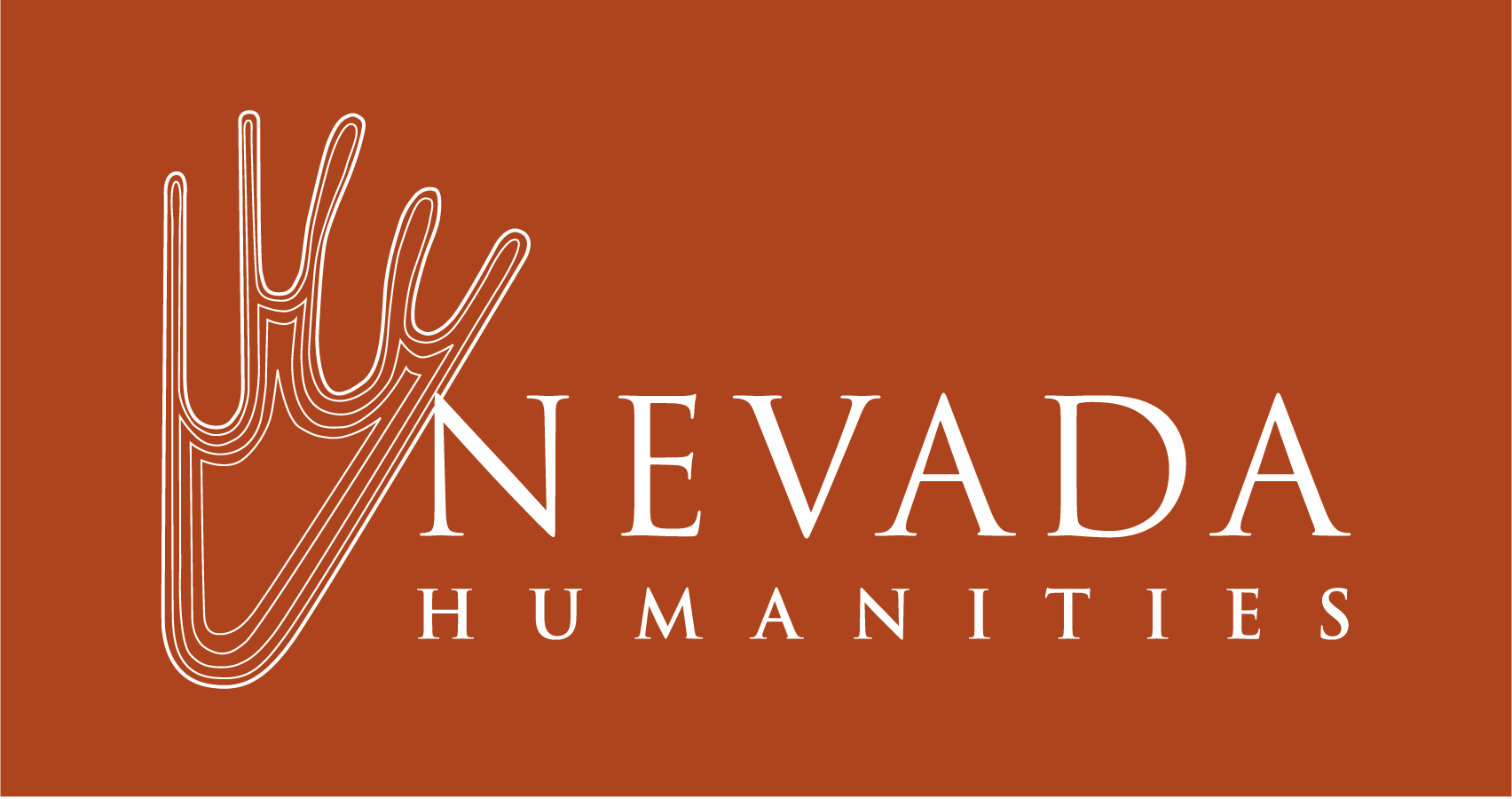High-Brow, Low-Brow—Raised Brow? The point of any literary work isn’t to impress or educate, but to evoke.
By Tee Iseminger
Formal definitions of the word literary range from the straightforward (the study of literature) to the obscure (humane learning). Somewhere within the variations of each definition, its uses and examples, caveats, and synonyms, we find the subtext that matters: to produce a literary work is to produce a work of evocation that originated on the page.
As a descriptive tool, the word literary has been claimed by two industries—academia and publishing—and both have a clear idea of what they mean to achieve with that label. In academia, literary means the study and production of fine literature. It falls under the slick, black umbrella of arts and letters. A literary work is a piece of writing that adheres to a high standard of artistic quality. In publishing, literary is a categorical term meant to guide the efforts of sales and marketing and the shelving decisions of booksellers, and to serve as an easy waypoint for readers. Here, the literary label signals a work that doesn’t fall within a defined genre, and perhaps requires more investment than an easy beach read.
These are both fair uses of a complicated word, but I’m not interested in either of them. I’m interested in understanding and maybe even tweaking what the word literary evokes in the collective public consciousness. I’m interested in the idea that, while the work might have originated on the page, it doesn’t always stay there. A resonant piece of writing can, and often does, take new forms: spoken word, performance art, drama, comedy, graphic art, even dance and music. My favorite pieces of literary work are often forms that subvert the page, or expand it into something interactive. Expressions of self and society that need more space and energy to be fully consumed.
As we march toward the 2018 Nevada Humanities Literary Crawl on September 15th, I’m excited to see these kinds of tweaks and subversions of our ideas about what is and isn’t literary taking shape on the schedule. My hope is that, as with traditional bar crawls, our literary crawlers this year will leave a little bit intoxicated by all that literary partaking, and maybe even spend Sunday nursing that hangover curled up with a good b…graphic novel?
Tee Iseminger is a writer and literary events producer working to expand public ideas about what the term “literary” means. Tee is an alumni of the Squaw Valley Writer’s Workshops, the Fishtrap Gathering of Writers, the Fine Arts Work Center’s digital workshops, and was the recipient of the Sierra Arts Literary Award in 2013. She studied at the Reynolds School of Journalism and the University of Nevada, Reno’s creative writing program. Her work has appeared in The Meadow, Sixfold, and the anthology Legs of Tumbleweeds, Wings of Lace.
Tee will be participating in the Nevada Humanities Literary Crawl on September 15, 2018 in Reno.
The fifth annual Nevada Humanities Literary Crawl is from noon to 8 pm on Saturday, September 15, 2018! Our theme this year is Open a New World, and this year’s Literary Crawl offers an exploratory afternoon and evening in Reno’s California Avenue corridor. Take in fiction, non-fiction, and poetry readings, as well as book signings and panel discussions on topics of interest to Nevadans. You won’t want to miss this year’s keynote speaker— the acclaimed writer, speaker, and storyteller Gabby Rivera. The whole family can enjoy a scavenger hunt (with prizes) and children’s literature readings throughout the day. This Crawl is not just literature—live music, site-specific dance performances, workshops, food, art, and a whole lot more. The Nevada Humanities Literary Crawl is free and open to all.

